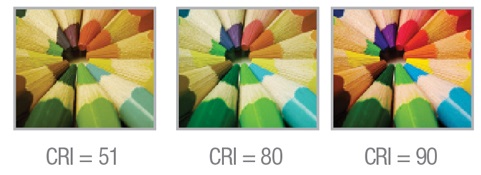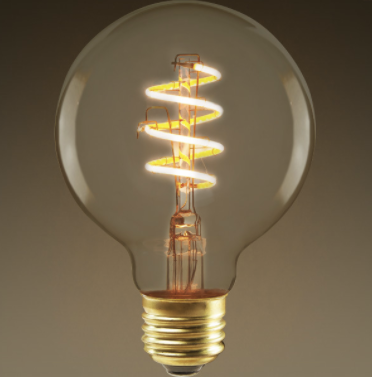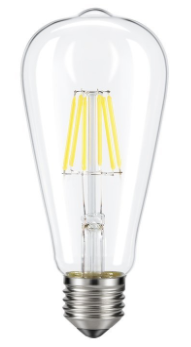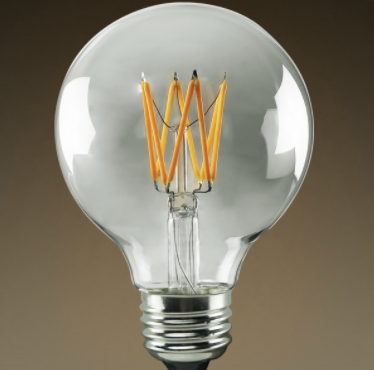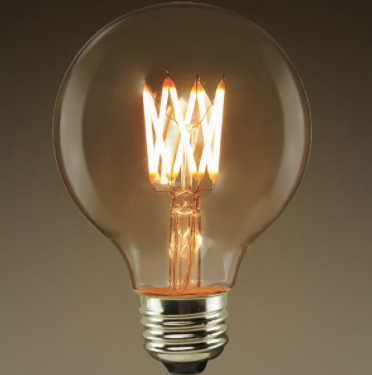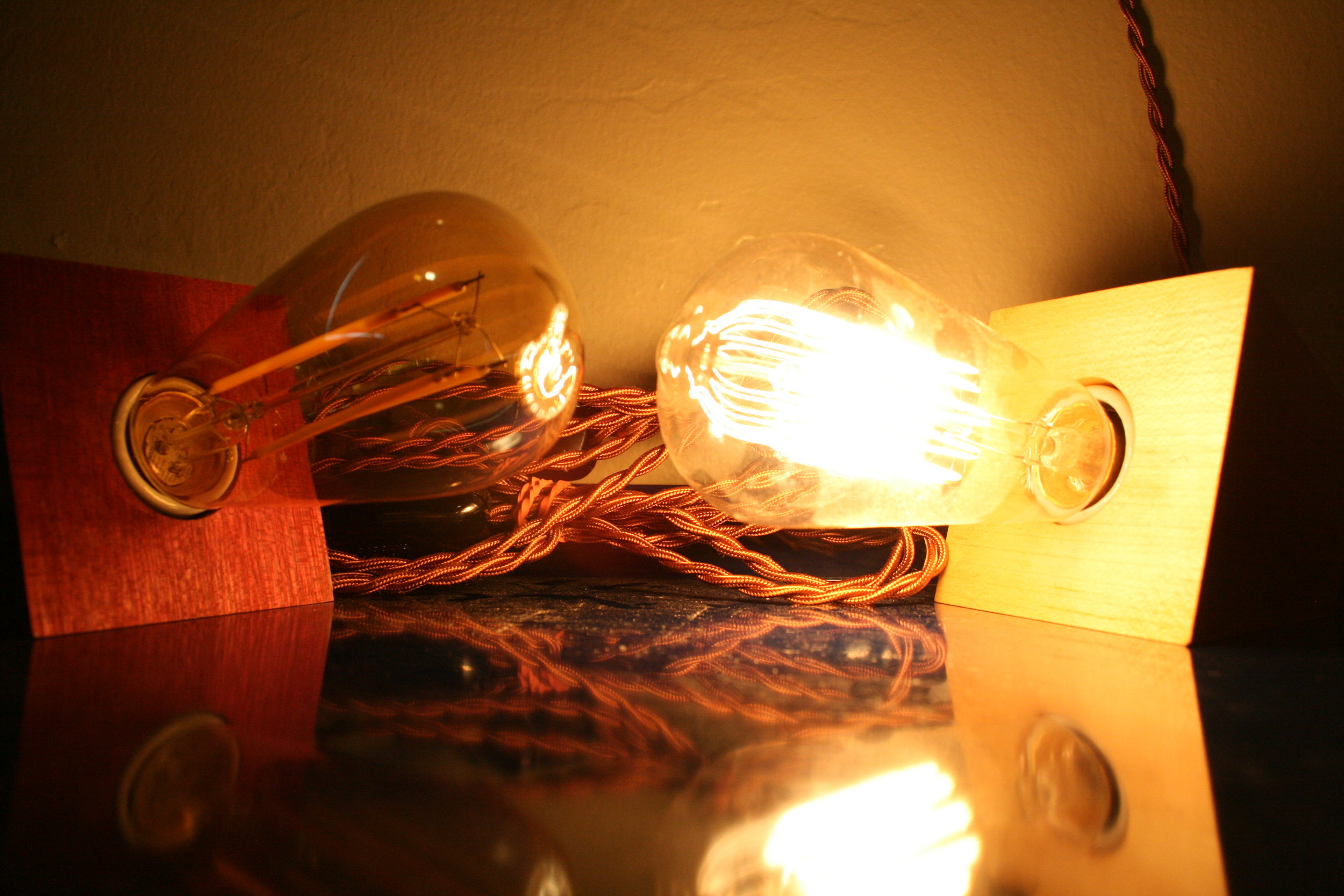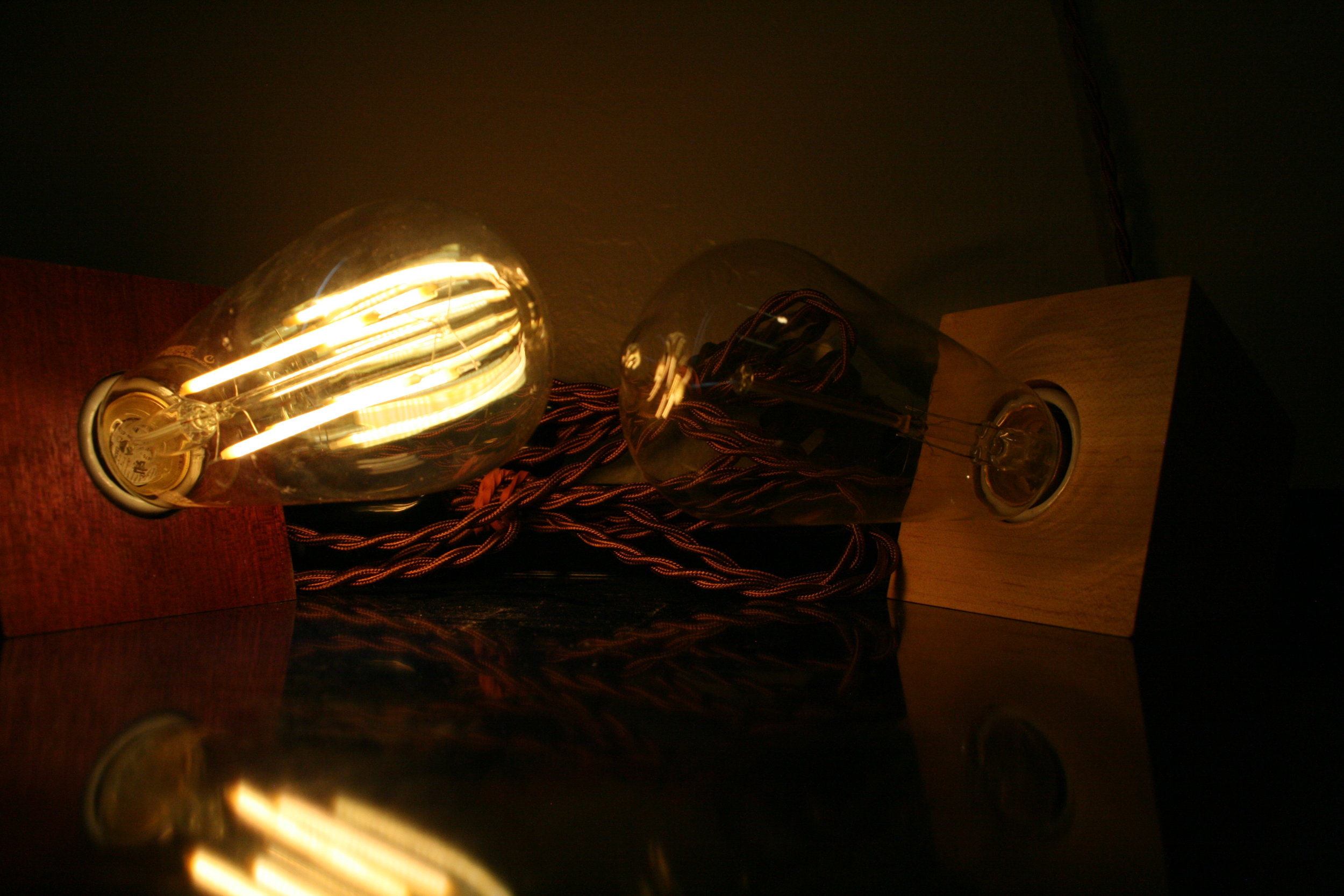I covered the basic questions about the Edison bulbs I use a few months ago in this blog. But the bulbs I focused on then are incandescent, and I've gotten a pang of guilt when customers ask me why I don’t offer LED-based Edison bulbs with the light fixtures I sell, given my parallel focus on clean energy and energy efficiency. The short answer I used to give is that there just is not yet an attractive LED Edison bulb. But is this true?
Background
Lighting consumes about 10% of electricity in the United States, and about 15% worldwide. If you haven't already, replacing old-fashioned incandescents with more efficient compact fluorescents (CFL) or - even better, LEDs - is one of the simplest and cheapest upgrades you can do to reduce your own energy load and thus, reduce carbon emissions (and save a few bucks). For example:
40w incandescent can be replaced by an 8-12w CFL or a 4-9w LED; running 3 hrs a day for a year, at average California electricity rates (18c/kwh), an LED will save you over $6/yr per bulb. If it's in a location that runs 10 hours a day, that becomes $22/yr
100w incandescent can be replaced by a 23-30w CFL or a 16-20w LED; similarly, if replaced with an LED, running 3 hrs a day, that will save you $16/yr or at 10 hrs, $54/yr.
Indeed, nearly every light bulb in my own home is an LED, and in a recent remodel I completed, I used all LED-based lighting fixtures so that the home would be more efficient from the get-go. Those who read my earlier blog about my commitment to renewable energy both on a personal level with Branching Out Wood - 10% of my revenues are directed towards net-new clean energy projects - and with another business I started, Branching Out Solar, know that take I take this seriously.
Back to LED Edison bulbs: what's actually missing, and if you are willing to sacrifice a little, can you use the bulbs that are out there now? Jumping to the punch line, there actually are good enough Edison LED alternatives for many - but not all - of the fixtures, and due to your questions, I now have a limited quantity available at shows. Or if you are ordering online and would prefer these bulbs, reach out on email, and I'll work with you to see if they're available for the lamp your interested in.
For the nitty gritty on what you might have to sacrifice, and some side-by-side comparisons, keep reading below.
What’s Needed For a Good LED Edison Bulb?
Temperature
The “warm” light one usually gets from a traditional incandescent light bulb is around 2700K, and fortunately, this is one attribute that LED lighting can check off. LED bulbs are available in 2700K (and both warmer and cooler temperatures as well). In fact, some more-advanced bulbs allow you to control the temperature, or automatically adjust the temperature based on other environmental factors.
One of a variety of color charts available comparing different reference points and manufacturers
For the geeks among us, according to Wikipedia, “is the temperature of an ideal black-body radiator that radiates light of a color comparable to that of the light source”. For the rest of us, just think that as that campfire cools down, you go from yellow flames to glowing red embers. Or where it gets super hot, you might see some blue.
Color Rendering Index (CRI)
This indicates how well a light source is at rendering color and how well subtle variations in color shades are revealed by that light. It is an index that measures how evenly across the visible spectrum the light bulb produces light, or if you want to go really deep, you can see the ten step process for measuring it here. The max score is 100, with halogens and incandescents receiving that score; at the other extreme, those notorious sodium vapor lights that are the most common street light get a negative score. A good score for an LED used to be 85, but now 90 or even 98 is available; anything above 90 is pretty darn good, so LEDs can check this off as well.
Representative spectrum coverage by a particular supplier of high-CRI LED lights; daylight is shown with the dashed line, and the high-CRI light is shown with the heavier white line just below it
Warm on Dim
When you dim an old fashioned light bulb, it gets less hot. When it gets less hot, it emits less light, but the light it emits is also at a lower temperature, producing warmer (more reddish) colors. This happens “automatically” due to the way an incandescent produces light, via heat; the light is actually secondary. When you dim an LED, however, the color stays roughly the same, since the color is a property of LED rather than of the heat produced. This was considered the “last frontier” of LEDs back in 2013, but has since been conquered with a variety of products that combine multiple colors of LEDs in a single bulb and change the mix of colors as the power to the lamp decreases.
However, note that while this is a feature that is available in many LED lamps, by no means is it available in all - the typical dimmable LED bulb that you might pick up at Home Depot or Lowes does not have this feature, as it adds complexity and thus cost to the product. And - at least as of now - no Edison filament LED bulbs have this. You can, however, find this feature in some bulbs at speciality lighting stores or online.
Filament Appearance
The real beauty of the Edison bulb is the decorative filament, whereas most LED bulbs have frosted glass (or plastic) globes to hide the actual light producing elements. However, there are a few attempts at creating an Edison filament with LEDs:
Ikea's Nittio bulb
Ikea’s Nittio bulb: Kudos to Ikea for selling only LED bulbs as of the end of 2015; this was a bold move that has had a real impact. The Nittio has a pair of LEDs hidden in the base that light up a plastic filament - you can see a tear down of the bulb in this video. Though it this nifty implementation provides a lot of flexibility for future filament styles, it falls short on many other properties; it’s not even dimmable (so forget “warm on dim”).
Stranded Edison LEDs: Several manufacturers, such as Bulbrite, have developed Edison LEDs that look much better when on, are dimmable, with a high CRI, but they appear a bit clunky close up and when off. Their limitations are that they do not (yet) have warm on dim capabilities, and many - like some dimmable LEDs in general - are a little finicky with certain types of dimmers.
So They Do Exist!
Those bulbs right above look pretty darned close, so I went out and purchased a handful in different styles, meeting these properties:
40w equivalent (380-450 lumens), but consuming only 3-5w per bulb
CRI above 80, but in a few bulbs, above 90
Dimmable
Color temperature of 2400-2700K
The Good News
As an accent lamp, the relatively high CRI - though not as good as an incandescent - looked pretty good, though the noticeably thicker "filament" of the LEDs is clearly visible when the lights are off, and to a lesser extent, when they're off.
The LEDs all worked with the dimmer switches I use, which was a pleasant surprise given all the warnings and incompatibility lists I've seen.
An unexpected advantage of the LEDs over incandescents is that, at very low brightness, an incandescent sometimes gives off a barely perceptible high pitch whine, while the LEDs are completely silent. Who would have thought noise would be an observable property of a lightbulb?! And for most people, and in most environments, this would be a non-issue. But as a desk lamp in an otherwise silent room, on a low brightness, you may actually hear the incandescent!
And of course, in consuming less power, the LEDs all produce much less heat.
The Bad News
The LEDs all lacked the "warm on dim" feature, where incandescents in general, and Edison bulbs in particular, excel. I tried to capture this difference in these pairs of photos, though it did not come out as clear as I had hoped. And while I noticed it because I was looking for it, you may not be as cognizant of this. In talking this through with a few customers at the San Carlos show I did in early October, it wasn't something they noticed or were cognizant of.
The LEDs had a slight flicker as you rotate the dimmer, though they do not flicker at all when the dimmer is set at a particular level. Perhaps more relevant, however, is that LEDs can not get as dim as incandescents - when set below a certain level, the LED just shuts off whereas an incandescent still gives a nice glow.
LEDs were only available in a more limited set of shapes and styles compared to the full range of incandescents. For instance, I could only find about ten LED bulbs that met the minimum criteria I listed above, whereas incandescents have closer to twenty. And the half-reflective bulbs great for some of the desktop lights are available in silver, but not gold.
Even further limiting the range of shapes for those particularly keen on their lighting, the ten I found had a color range of 2400 to 2700K, but that 300K color difference was noticeable (but not jarring) in the multi-fixture lamps when the bulbs were side by side, whereas there is no color difference between adjacent styles of incandescent bulbs. So if you're particularly finicky about these sorts of things, you'll want to make sure all the bulbs you get are exactly the same temperature, reducing the variety of bulbs you can get for a multi-lamp fixture further.
Finally, of course, there's the incremental cost of about $5/bulb over incandescent. As noted in the intro, that pays for itself in electricity savings, but it raises the cost of some of my fixtures to a point that makes the lamps unaffordable. For instance, this lamp, with six bulbs, would cost $30 more, but if used 3 hours a day, would save you over $130 per year.
The Verdict
LEDs are pretty darned good, but - largely due to lack of full range of shapes and higher initial cost - not yet perfect for me to include them on every sale. However, I will start stocking a few and making them available for an extra $5/bulb at shows, and using them myself in the art festivals (since readers of this prior blog entry know that keeping the lights on at the booth is an ongoing challenge for me).
Want them in a lamp you want to order online? Just email me for a custom listing.
Thanks to my customers for challenging me on this point. Your questions both gave me the inspiration to dig deeper here, and the impetus to change my practices in making LEDs available with my products.
And further thanks to Konrad Jarausch for initiating me to the the very basics of the technical vocabulary for thinking about comparing LEDs and incandescents. For more on what he’s doing, check out Sunlight Inside, which develops and sells nifty tabletop lamps that automatically generate the light color that you would be seeing outside if only you weren’t stuck inside all day, for all sorts of health and well-being benefits.




